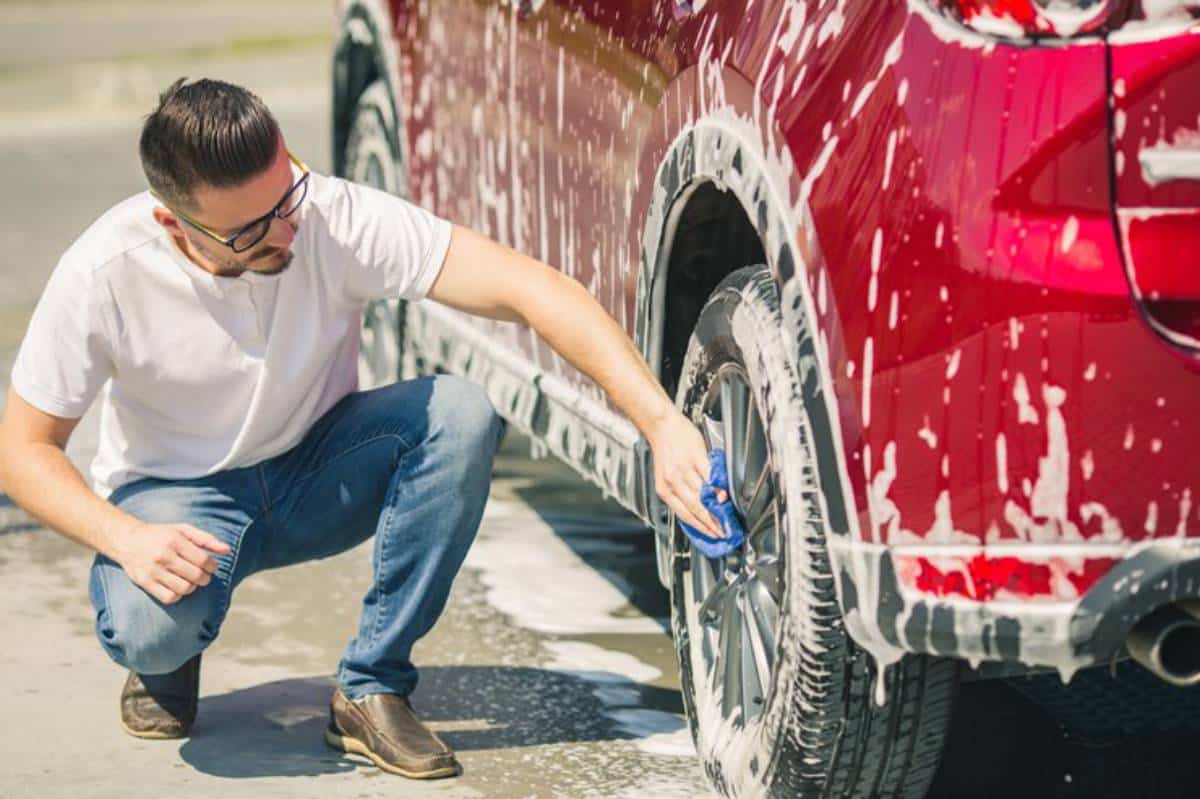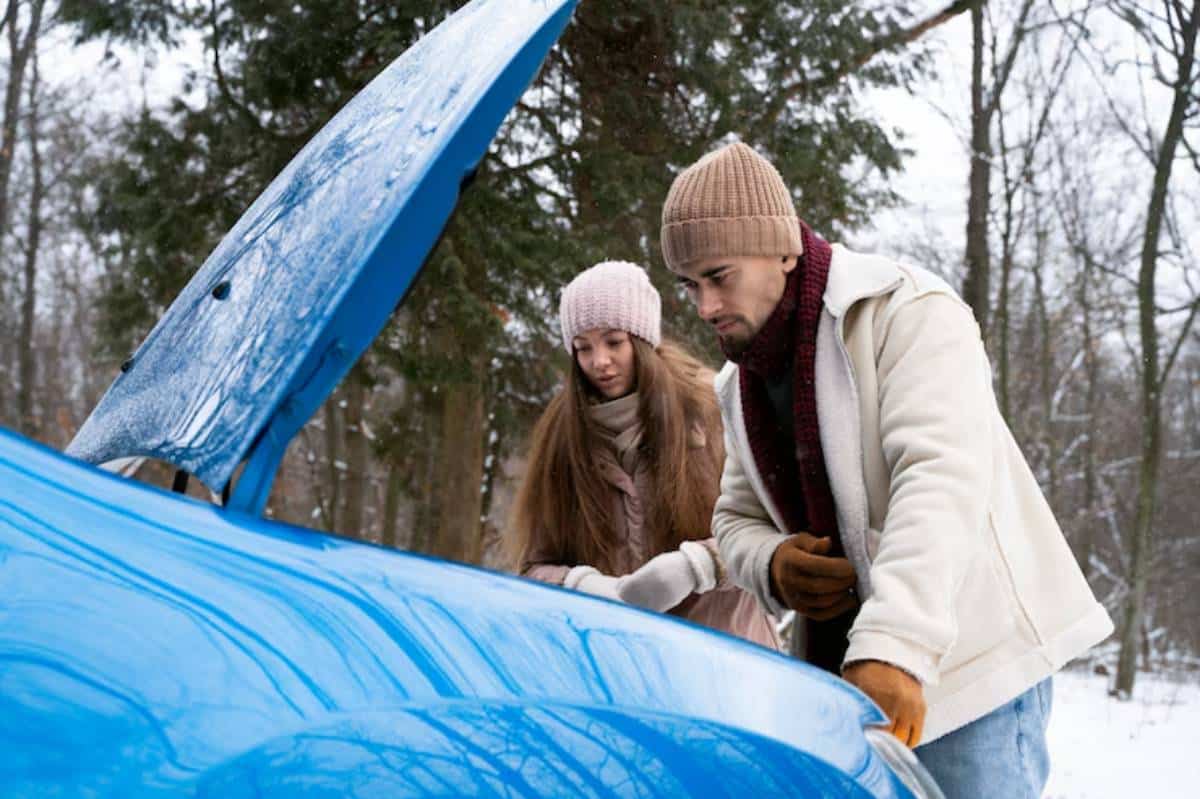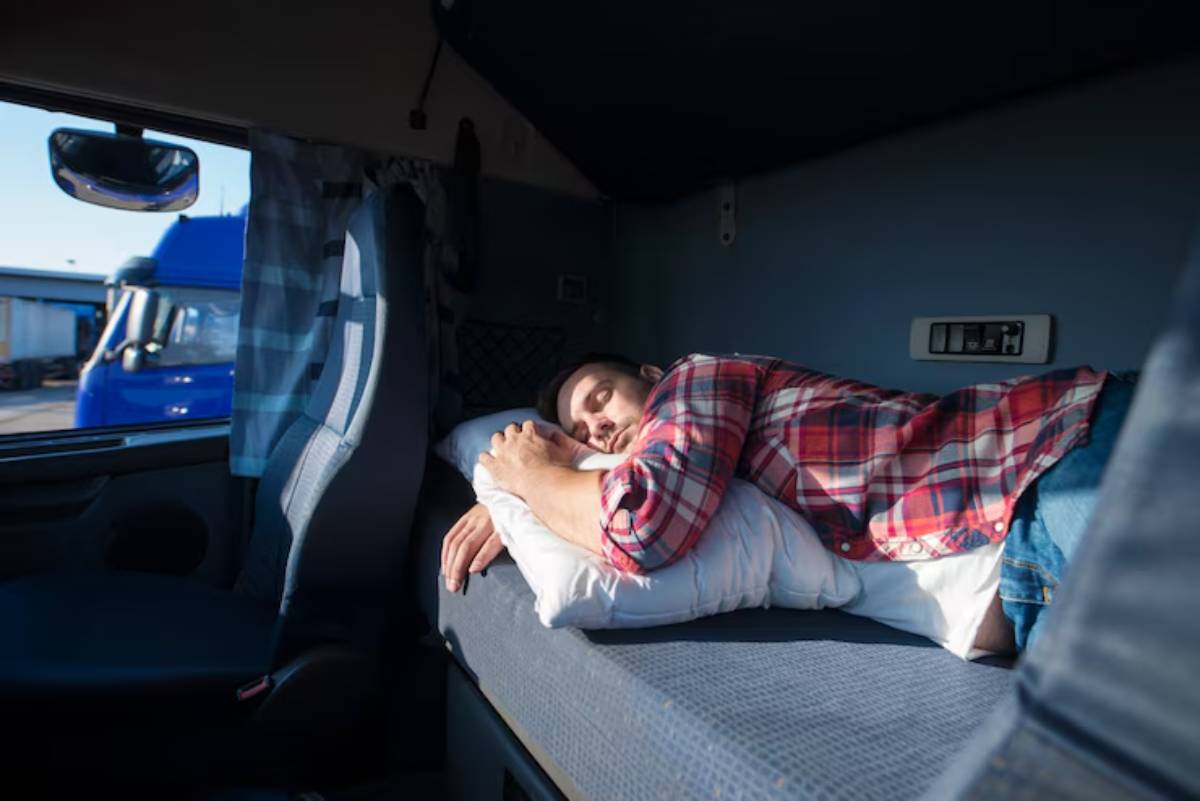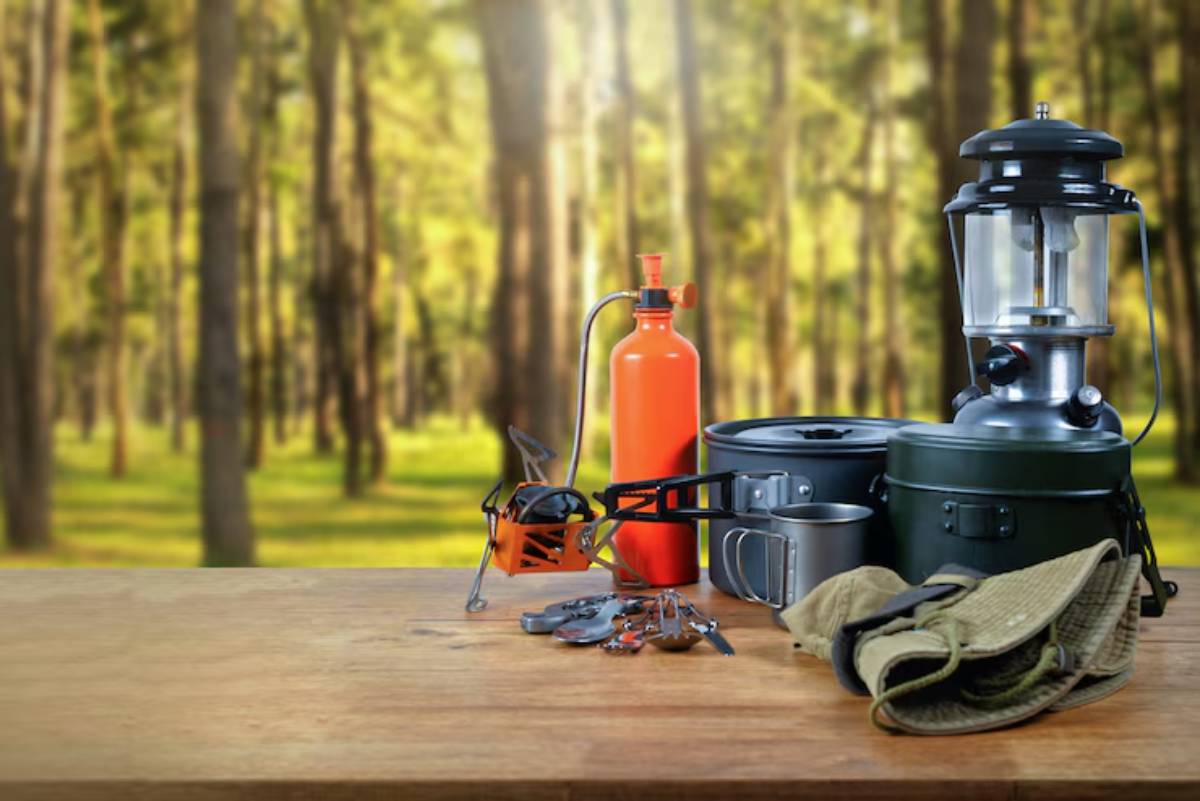
Must-Have Cooking Gear for Overland Trips
You’ve clocked a full day navigating dirt tracks, fording streams, and bouncing over rutted trails. As the sun dips and the campsite comes into view, your stomach growls. That’s when your overland kitchen setup makes all the difference.
When you’re deep in the backcountry, there’s no takeaway on standby. Having a reliable, practical, and well-organised kitchen kit turns basic meals into something truly enjoyable. And let’s be honest—good food always tastes better with fresh air, a crackling fire, and zero signal bars.
This guide will walk you through the must-have outdoor cooking gear for overland travel. From portable camp stoves to clever storage and clean-up solutions, we’ll cover every angle of cooking off the grid.
Why Cooking Gear Matters on the Trail
Cooking while overlanding isn’t just about nourishment—it’s about routine, morale, and comfort.
- Cook reliably in varied weather
- Maximise limited space
- Clean up with ease
- Keep gear organised and accessible
On longer trips, this becomes crucial. With the right tools, you’ll avoid waste, reduce hassle, and enjoy better meals every night.
Choosing the Right Overland Kitchen Setup
There’s no one-size-fits-all. Your gear will depend on the size of your vehicle, the length of your trip, and the meals you want to cook.
Think Modular
A good overland kitchen setup works like a mobile system—modular, lightweight, and packed efficiently.
- Stackable storage boxes
- Fold-out tables or drawer systems
- Zip bags for utensils and cutlery
- Colour-coded dry bags for quick access
It’s helpful to have a dedicated cooking station in your rig, whether it’s a drawer system in the boot or a fold-down table mounted to a tailgate.
Plan for Your Cooking Style
Are you a one-pot minimalist or a gourmet camp chef? This will shape your gear list.
- Minimalists may opt for a single burner and compact mess kit.
- Advanced cooks might carry a dual burner stove, cast iron pans, and spices for every occasion.
Either way, keep it streamlined. Only pack what you’ll realistically use.
The Best Portable Camp Stoves
Let’s start with your heat source. A portable camp stove is the heart of your overland kitchen.
Top Options for 2025
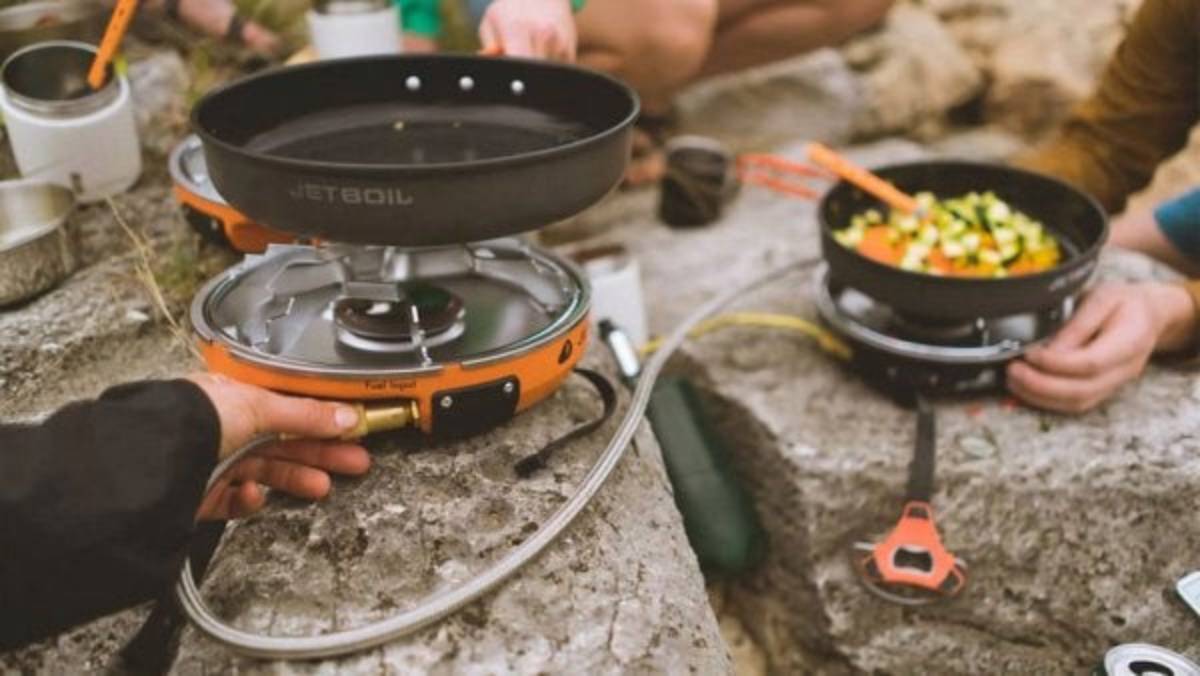
- Jetboil Genesis Basecamp System
- Compact and efficient with dual burners
- Packs neatly into a clamshell case
- Compatible with Jetlink accessories
- Camp Chef Everest 2X
- High BTU output (20,000 per burner)
- Perfect for wind resistance and large pots
- Integrated ignition and solid knobs
- Primus Kinjia Stove
- Lightweight but sturdy
- Sleek Scandinavian design
- Ideal for moderate use on shorter trips
Whichever you choose, pair it with a windscreen and stable surface. And always carry an extra gas canister.
For trips lasting more than a few days, consider multi-fuel stoves. These run on petrol or white gas, offering versatility when gas canisters are unavailable.
Cookware Essentials: What to Pack
Your overland cooking gear should be durable, lightweight, and space-conscious.
Must-Have Items
- Non-stick or cast-iron pan (depending on weight budget)
- Medium pot with lid
- Kettle or collapsible water boiler
- Spatula, tongs, and a large spoon
- Cutting board (folding or bamboo)
- Sharp knife with sheath
Don’t forget essentials like foil, oil, and seasoning. Store spices in small screw-top containers to avoid a mess.
Nesting Kits Save Space
Brands like GSI Outdoors and Sea to Summit offer nesting cookware kits—compact sets where everything fits into one pot. Great for saving room and reducing clatter.
Storage, Clean-Up, and Organisation
Keeping your kitchen tidy makes cooking faster and more enjoyable.
Smart Storage Solutions
- Use clear bins to see contents quickly
- Separate food and gear into labelled crates
- Store dry goods in waterproof bags or tins
Washing Up on the Trail
- Collapsible sink or dry bag basin
- Biodegradable soap (Dr Bronner’s is a favourite)
- Microfibre cloths and a drying rack
- Rubber gloves for cold weather
Pack a dedicated clean-up kit so it’s easy to find after a long meal.
Waste and Rubbish
Leave no trace.
- Rubbish bags
- Sealable container for food scraps
- Compostable bin liners if you’re eco-focused
Cold Storage and Food Management
You’ll need to store perishables without a supermarket nearby.
Coolers vs Fridges
- Coolers (e.g. Yeti, Dometic Patrol): Cheaper, no power needed, but require ice.
- 12V Fridges (e.g. ARB, Dometic CFX3): Expensive but long-term investment, no ice, reliable cooling.
If using a fridge, monitor your power needs. Pair it with a dual battery system or portable solar panel.
Keep food organised in labelled dry bags.
- Breakfast, dinner, and snacks
- Quick grab vs long-cook ingredients
For more gear advice on energy setups, read our post on power solutions for off-grid overlanding.
Real Meal Examples from the Trail
You don’t need gourmet flair to eat well. Some trail favourites.
- Breakfast burritos with scrambled eggs, tinned beans, and cheese
- One-pot pasta with sauce and tinned tuna
- Campfire curry with pre-cut veg and pouch rice
- Grilled sausages with flatbread and chutney
Prep some ingredients at home—dice onions, pre-mix pancake batter, or freeze stew. These shortcuts help you cook faster and enjoy camp more.
Extras That Make a Big Difference
Little additions can transform your experience.
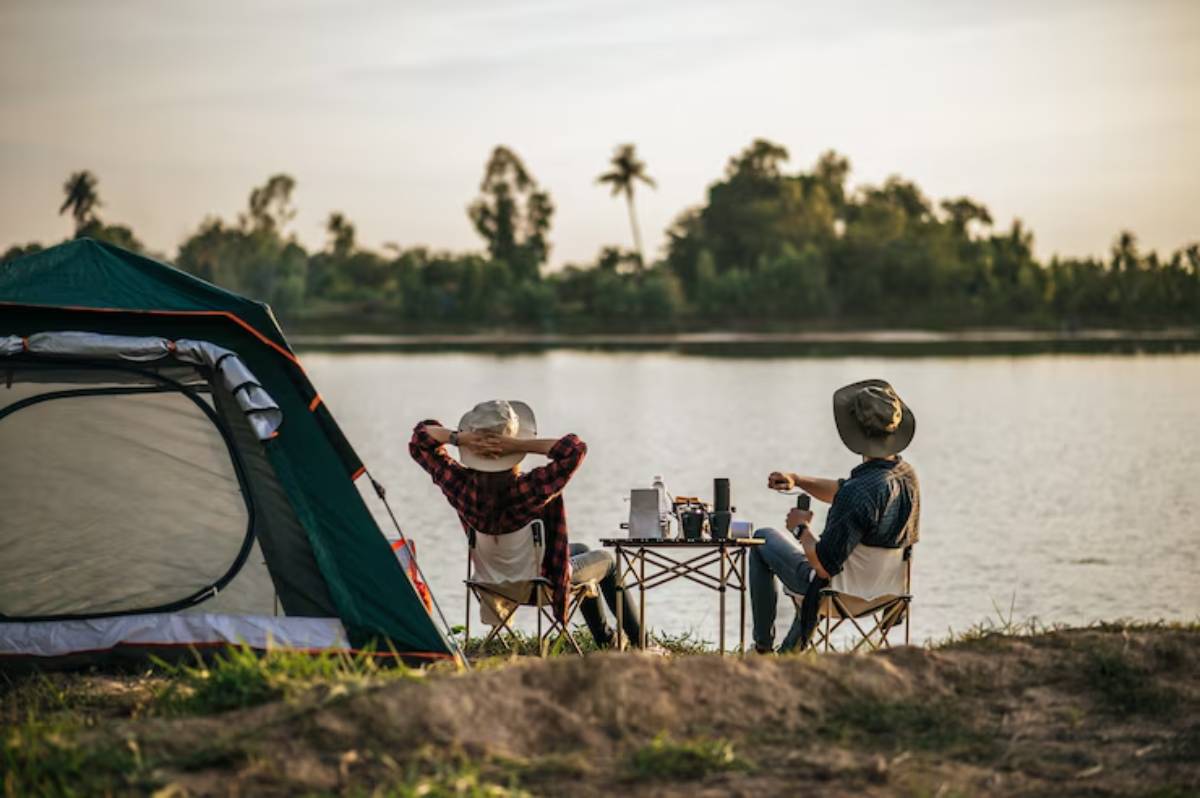
- Folding camp table and chairs
- Spice rack in a roll-up organiser
- Lightweight blender (battery-powered)
- Silicone muffin cups for baking or snacks
- Thermos flask for hot drinks on cold mornings
And yes, a corkscrew. Don’t be that person with the bottle and no way in.
Final Thoughts: Build Your Kitchen Around Your Trip
Every overlander’s kitchen setup is different—and that’s the point. It should match your style, trip length, and preferences.
Start with the basics. Upgrade as you go. There’s no shame in starting simple. As you gain experience, your overland kitchen setup will become second nature.
And remember, a warm, filling meal at the end of a long drive isn’t just food—it’s morale, comfort, and a little bit of home in the wild.
Next, make sure you’re set for sleep too. Explore our guide to creating a comfortable sleeping setup in your rig to complete your trail comfort system.
